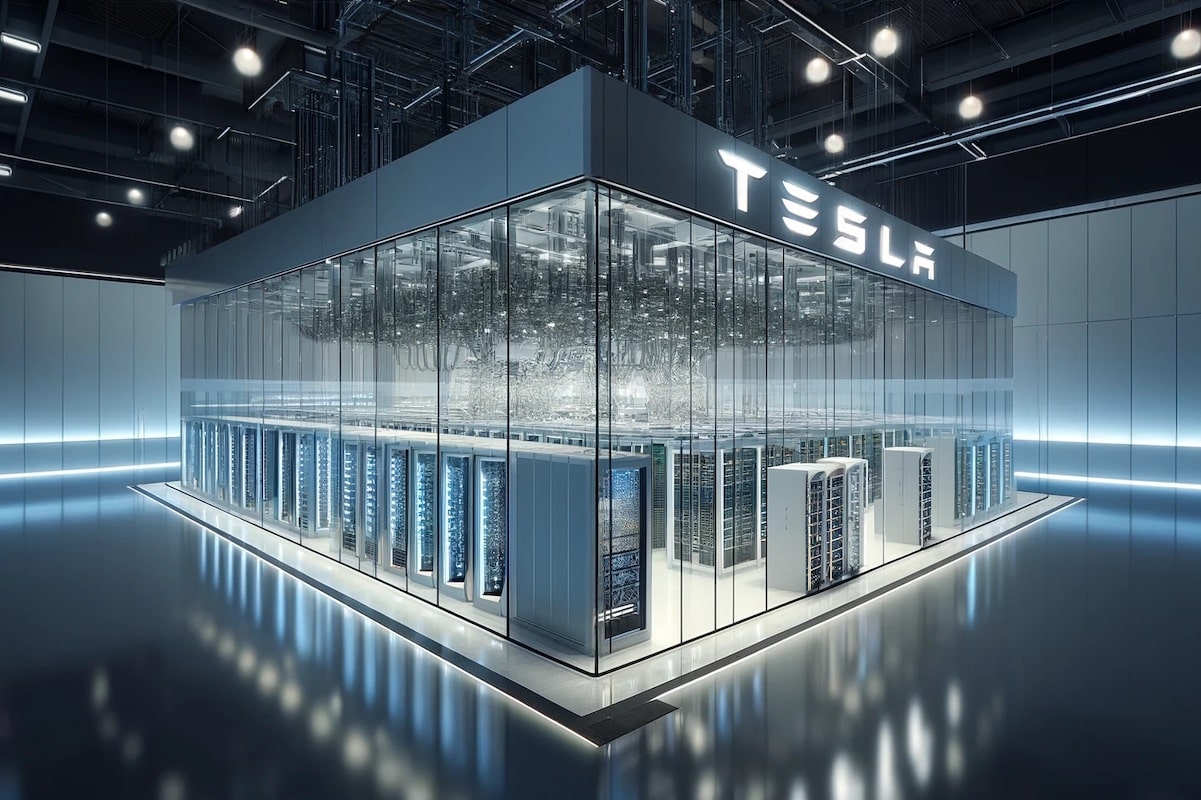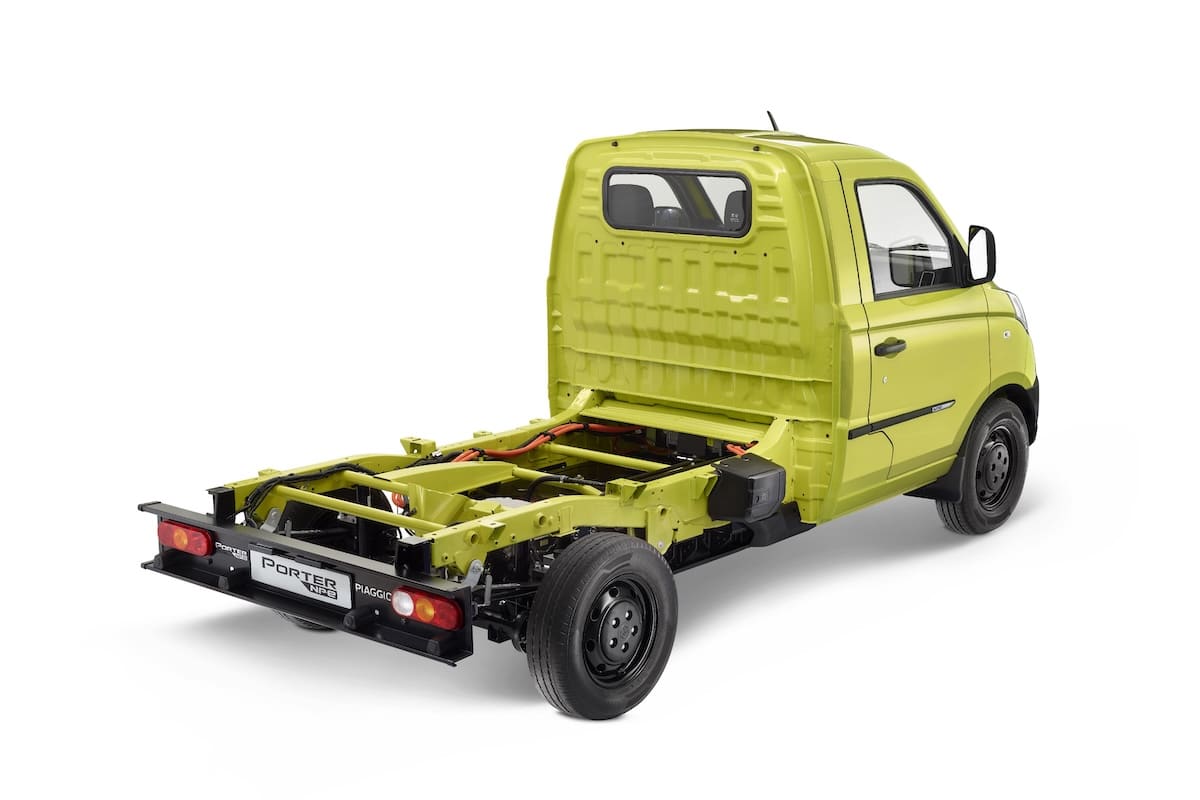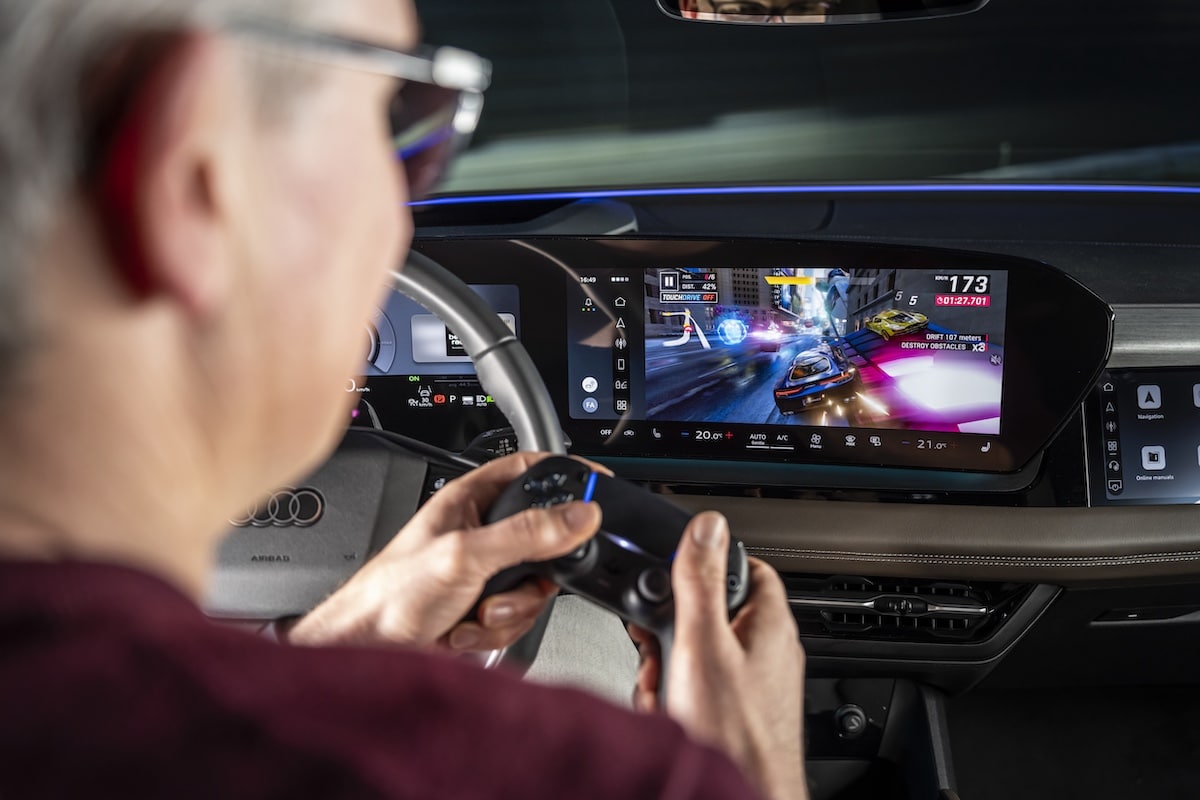Tesla to Build Data Centers… to Manage Autonomous Driving

The real-time processing of data transmitted by millions of cars will be the first brake on the rise of autonomous driving.
When we talk about autonomous cars, we refer to data centers. Because while each car is equipped with a computer intelligent enough to make certain decisions and manage its operation (ESP, safety, GPS, etc.), the flood of data that must be processed in real-time to enable driving requires far superior capabilities. Capabilities that cannot be embedded in a car, especially as the energy consumption needed to run the computers would hinder the autonomy of its electric models.
Therefore, there is no choice: since Tesla places a lot of hope on autonomous driving and artificial intelligence, it must now invest billions of dollars in the rapid construction of gigantic data centers around the world. The United States, China (due to the non-transfer of data abroad), Europe… And in this regard, France has serious advantages thanks to its cheap nuclear and decarbonized energy.
Tesla also sees autonomous driving as a source of revenue and future supremacy. Autonomous cars use machine learning algorithms to make decisions. Making ethical decisions in emergency situations (such as avoiding an accident) is a complex challenge for autonomous systems. However, training these algorithms to cover all possible driving situations is extremely difficult and requires enormous processing capacity and energy. Not to mention cybersecurity to ensure the safety of passengers against cyber-attacks.
How many autonomous cars can a data center process in real time?
A medium-sized data center has a processing capacity ranging from 1 to 10 MW of electrical power to support thousands of servers equipped with powerful processors.
An autonomous car generates several types of data, including:
- Sensor Data: LIDAR, radar, cameras, and other sensors generate large volumes of data.
- Navigation Data: GPS information and HD maps.
- Diagnostic Data: Monitoring the vehicle’s condition.
On average, an autonomous car can generate between 1 and 4 TB of data per day. Real-time processing involves tasks such as:
- Sensor Fusion: Combining data from different sensors for consistent perception.
- AI Algorithms: Using machine learning models for object detection, movement prediction, and trajectory planning.
- V2X Communication: Exchanging data with infrastructure and other vehicles.
A medium-sized data center could process the data from several thousand autonomous cars in real-time, depending on its specific capabilities and the precise requirements of the autonomous driving systems. What is certain is that the electric car of tomorrow will never have consumed as many resources and thus polluted. Because cooling the gigantic computers also requires energy. In summary, it’s the snake biting its own tail…
ALL THE NEWS ABOUT TESLA
This page is translated from the original post "Tesla va construire des datacenters… pour gérer la conduite autonome" in French.
We also suggestthese articles:
Also read






